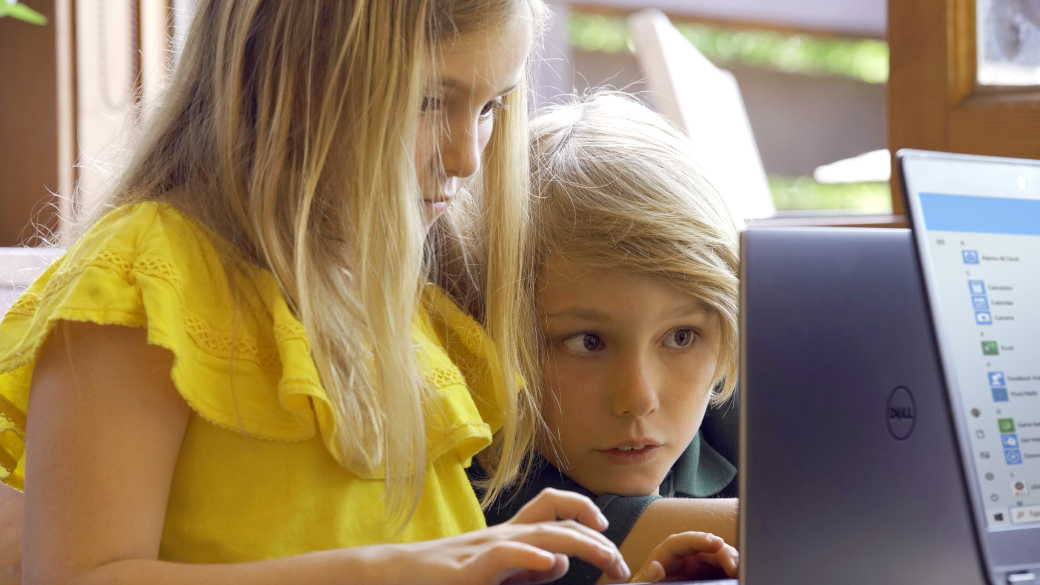In the weeks since the COVID-19 outbreak first hit China, our education customers in the region have done amazing things to keep students learning while they transition to learning remotely. From eLearning innovations to keeping students’ spirits high with photo and cooking challenges, teachers and students have shown extraordinary resilience during this difficult time.
Now, as countries around the world take steps to contain the virus, many schools and universities globally are moving classes online. However, teaching and learning from home is a big change for most students and Educators. Without a physical classroom, how can you check that students are engaged and progressing? How do Educators and faculty stay connected?
We want to help ease the transition, so we have asked experienced online Educators—including Educators from Catholic Education Western Australia (CEWA) and O’Dea High School here in Seattle—to share the tips they’ve gathered over years in remote education.
But we also want to do more. Microsoft Teams is available for free to educational institutions through the Office 365 A1 offer. This provides a completely free customized hub for class teamwork with Teams that includes video meetings, online versions of the Office 365 apps as well as compliance tools, and information protection.
Moving to a virtual classroom
As schools move to a remote learning environment, Teams can provide an online classroom that brings together virtual, face-to-face connections, assignments, files and conversations in a single platform accessible on a mobile device, tablet, PC or browser.
To help make this process as simple as possible, we have created a best practices guide for School Leaders and IT to get up and running quickly with Teams so their students and staff to begin communicating remotely. Once Teams is set up, Educators and staff have the ability to create their own class in Teams, add selected students, share lessons, create assignments, collaborate virtually in real-time and do grading and provide personalized feedback all in one hub.
Here are some tips from expert Educators to help you get started:
- Have interactive discussions with your class by sharing your screen to present your lesson and encourage students to ask questions using the chat feature.
- You can show a film by sharing your system audio in a meeting.
- During a lesson, you can moderate the class discussion by muting students, making them presenters, or if needed, removing them from the meeting. Record the lesson, so students can review it on their own time.
- Record any class session in case some students can’t join during the live session.
- For assessments, you can easily create and grade quizzes in Teams using Microsoft Forms.
- Let your students know your office hours and when they can reach you for questions.
- Encourage Students to use Immersive Reader in Teams to help them read messages and understand assignment prompts, enabling them to follow along and contribute.
- Create a Fun Channel. Have a virtual science fair or poetry reading group. This will go a long way with students of all ages.
Getting support and training for Educators and Staff
We want to support Educators with practical guides, professional development, and how-to information that will help empower them, and their students, to stay motivated and engaged. We have created a series of webinars that can be accessed on demand for Educators to get started on Teams and have new resources in our Microsoft Educator Center to also help Educators get up and running. We also invite you to join our newly launched Remote Learning Community where Educators launching distance learning programs from around the globe are sharing best practices, and our Microsoft Education team is answering questions in real time.
- Webinars: Getting started with Teams
- Learning Resources: Foundational skills for teaching online
- Join the Remote Learning Community: Connect with Educators, IT, and Microsoft Experts
- Create Teams for your different University Departments
- Adjusting to working from home
Help Students stay engaged
Continuing to drive student engagement and focused learning can be a challenge, especially for those moving to remote learning for the first time. Educators and parents need support to help make this work. To help parents and guardians support their children, we have created a Remote Learning Guide for students and parents. For Educators, tools like Flipgrid, Skype in the Classroom and Minecraft: Education Edition can also help mix up the day and give students ways to communicate and demonstrate learning in new ways.
In addition, here are some tips we have heard from Educators who have helped create healthy and effective learning environments that allow students to thrive in a virtual setting:
- Stay healthy and charged: Learning from home can be a new experience for students. Encourage them to take breaks between lessons to stretch, hydrate, or just unplug.
- Stay focused: Find a quiet place where they can focus on lessons with minimal distractions.
- Stay connected: School is important from a social perspective. Not seeing friends face-to-face can be hard for students. Help them adjust by encouraging them to schedule a virtual lunch session for classmates to stay connected. If they are out sick or can’t join class because of an appointment, remind them to change their status or set a status message so their classmates are also aware.
- Motivate your class: Use Teams to encourage joyful challenges throughout the week by creating a ‘Fun Activities’ channel. For example, hold a cooking contest and have students share their creations in the channel. Recognize your students by sending them Praise in the channel, inspiring more students to participate.
- Bring lessons to life: Make a lesson interactive by enabling Whiteboard in Teams during a live lesson. Have students come up to the whiteboard and solve a math problem or demonstrate their art skills, just like they would in a physical classroom.
- Connect with students individually: It can be difficult to gauge how students are doing without seeing them in person, so connecting individually is very important. You can support students 1:1 in a chat, creating a safe space for students to ask their questions and get the extra help they need.
I hope these tips from our educator community help you create an engaging remote learning environment in which both students and Educators can stay connected. We recognize navigating this way of learning presents challenges that are new to just about everyone impacted. Our team is available to answer questions you have around remote learning in our new Remote Learning Community. We hope to help make this transition as easy as possible on you. Stay in touch and let us know what more we can do.



.jpg)
.jpg)